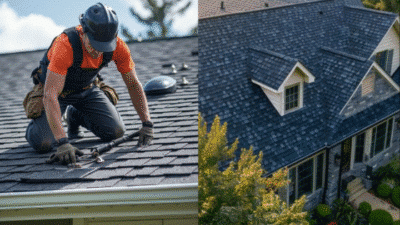
Purchasing a home is an exciting milestone, and one of the first things new homeowners often think about is how to make the property feel truly theirs. While interior decorating tends to get a lot of immediate attention, the exterior design of your home plays a vital role in creating curb appeal, functionality, and satisfaction with your investment. From landscaping and lighting to architectural accents and outdoor living spaces, the choices you make will shape the look and practicality of your property for years to come. Approaching exterior design strategically can help you strike a balance between beauty, comfort, and value.
Assessing the Current Condition
Before making any exterior design decisions, it’s crucial to carefully evaluate the current state of your property. Walk around your home and take note of visible wear and tear, including cracked pathways, damaged siding, or overgrown landscaping. Understanding what requires immediate attention versus what can be improved later helps you plan your projects more effectively. If you’re considering renting out your property, reviewing Gympie real estate rental listings online can provide insight into how similar homes are maintained and presented, giving you a benchmark for repairs and updates. A thorough assessment ensures your efforts are focused, practical, and aligned with long-term goals.
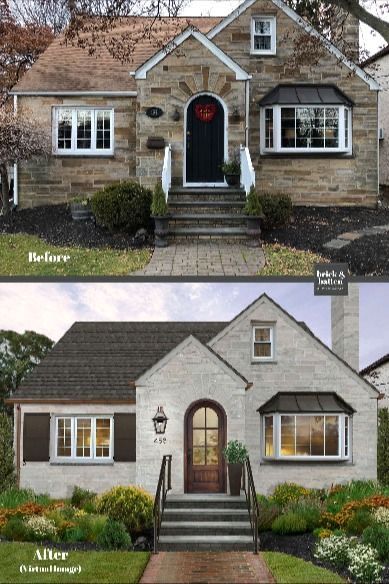
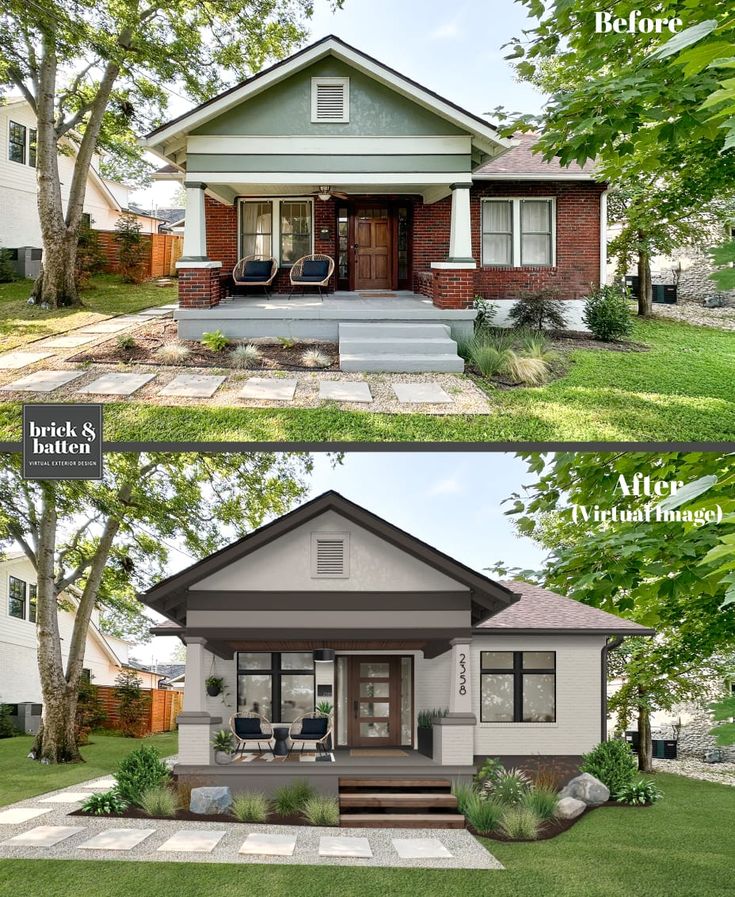
Defining Your Design Goals
Exterior design goes beyond aesthetics; it’s about creating outdoor spaces that reflect your lifestyle and meet your practical needs. Begin by identifying what matters most, whether that’s a welcoming front yard, a backyard designed for entertaining guests, or sustainable elements like native plants, rainwater harvesting, or energy-efficient lighting. Clearly defined goals guide your design choices, ensuring each addition complements the look and function of your property. This approach prevents disjointed or mismatched projects and helps your outdoor spaces feel intentional. Thoughtful planning allows your upgrades to reflect your personality while enhancing usability, comfort, and long-term enjoyment.
Choosing a Cohesive Style

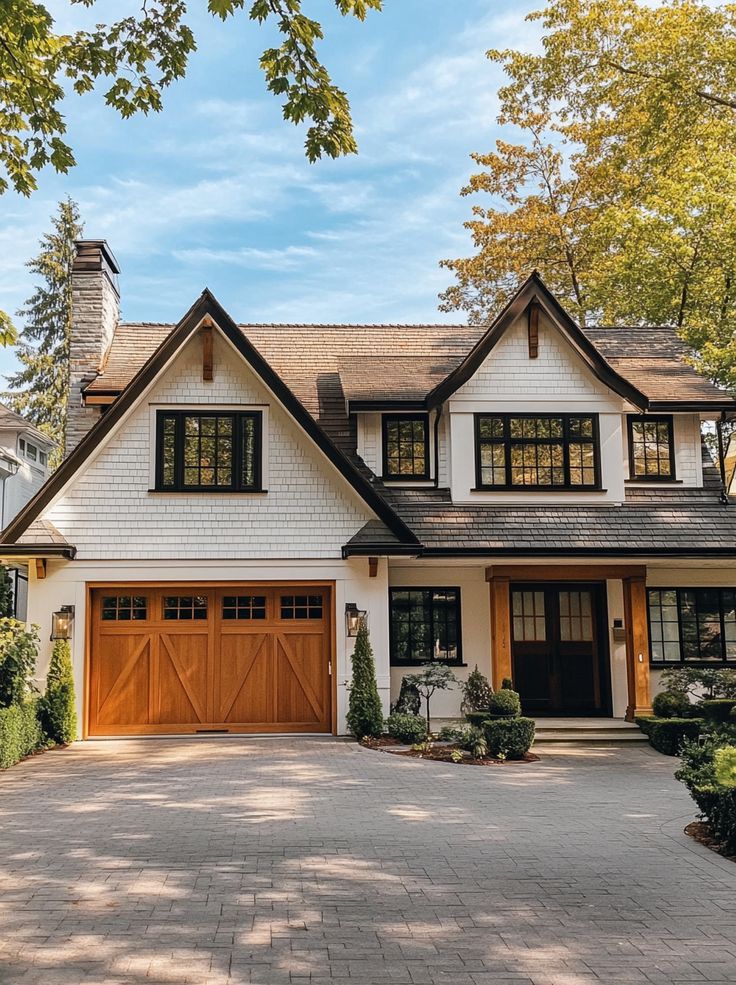
Selecting a cohesive exterior design style is important to complement your home’s architecture and create visual harmony. Modern homes benefit from clean lines, minimalist landscaping, and sleek lighting, whereas traditional properties may look best with classic shutters, warm-toned paint, and lush gardens. Cohesion ensures that every element, from plants to decorative features, works together rather than appearing mismatched or cluttered. Architectural cues such as rooflines, windows, and facades can guide your choices, while inspiration from design magazines, local trends, or professional advice helps refine your vision. A unified style enhances curb appeal and gives your property a polished, intentional appearance.
Prioritizing Landscaping and Greenery
Landscaping is one of the most impactful aspects of exterior design, transforming the appearance and feel of your property. Thoughtful placement of trees, shrubs, flowers, and lawn areas enhances curb appeal and creates a welcoming atmosphere. Choosing low-maintenance plants suited to your climate reduces upkeep, while eco-friendly, drought-resistant greenery supports sustainability. Features like stone pathways, raised garden beds, or neatly trimmed hedges add structure, charm, and visual interest. Landscaping is not limited to the front yard; investing in backyard greenery fosters private, inviting spaces for relaxation, outdoor dining, or entertaining, making your property functional and visually appealing year-round.

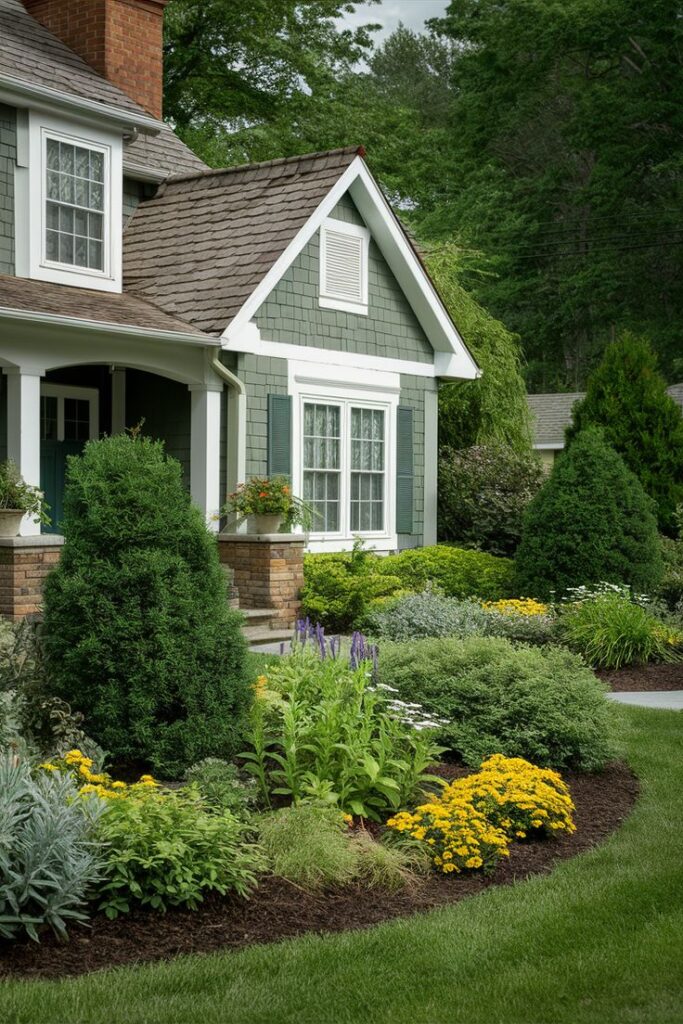
Enhancing Functionality with Outdoor Living
Effective exterior design improves how you experience your property by creating functional outdoor living spaces. Patios, decks, pergolas, and outdoor kitchens extend usable areas, offering places for social gatherings or quiet relaxation. Thoughtful planning ensures these spaces flow seamlessly with your home’s interior, enhancing accessibility and comfort.
Choosing weather-resistant furniture, comfortable seating, and well-considered layouts creates inviting and practical environments. Incorporating elements like fire pits, dining areas, or shaded spots allows year-round enjoyment. By combining aesthetics with utility, outdoor living areas elevate daily life and add tangible value to your property, making your home more versatile and appealing to guests or potential buyers.
Integrating Lighting for Beauty and Security

Lighting is a vital component of exterior design, enhancing beauty and safety. Strategically placed fixtures, such as pathway lights, wall sconces, or uplighting for trees and architectural features, create ambiance while highlighting your home’s best elements. Motion-sensor lights and well-positioned illumination near entrances, driveways, and walkways improve security and deter intruders. Opting for energy-efficient solutions, such as LED or solar-powered lights, reduces costs while maintaining consistent, attractive illumination. A well-planned lighting strategy ensures visibility after dark and accentuates landscaping and structural features. Thoughtful lighting balances aesthetic appeal with functionality, making your home feel safe, welcoming, and visually striking at night.
Approaching exterior design after buying a home requires a balance of creativity, practicality, and foresight. By assessing your property’s current condition, setting clear goals, and making thoughtful choices about style, landscaping, functionality, and maintenance, you can create an outdoor space that enhances curb appeal and daily living. Whether you prioritize sustainability, outdoor entertainment, or timeless aesthetics, a strategic approach ensures that your home’s exterior will remain inviting and valuable for years to come.
- 0shares
- Facebook0
- Pinterest0
- Twitter0

